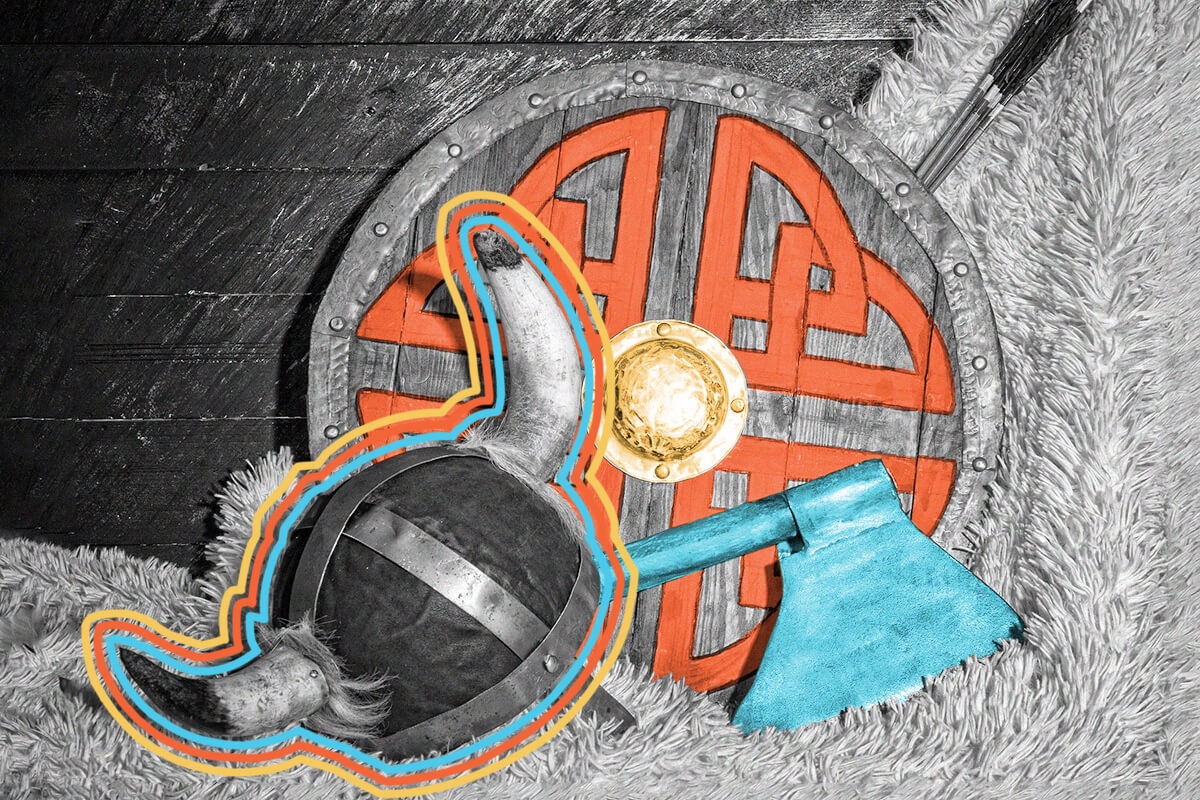
Most Vikings didn't wear horned helmets.
Aside from long blond hair, horned helmets are probably the most famous Viking accessory — but that would have been a surprise to the real Scandinavian warriors who plundered Europe between the ninth and 11th centuries. The Viking horned helmet convention dates only to the 19th century: In 1876, costume designer Carl Emil Doepler introduced it in Richard Wagner’s famous opera "Der Ring des Nibelungen" ("The Ring of the Nibelung," often called the Ring Cycle). At the time, Germans were fascinated with the story of the Vikings, so Doepler plopped the ancient headdress of the Germans — the horned helmet — on Wagner’s Viking protagonists. The opera proved so popular that by 1900 the horned helmet was inextricably entwined with Vikings themselves, appearing in art, ads, and literature.
Yet during the Viking era, Norse warriors never actually wore horned helmets — and especially not during battle, where they’d probably have gotten in the way. Some artifacts, such as a tapestry discovered with the famous Oseberg ship burial in 1904, do depict horned figures, but these “horned” occurrences only happened — if they happened at all — during rituals. To date, archaeologists have uncovered only two preserved Viking helmets: Both are made of iron, both have guards around the eyes and nose, and both are entirely without horns.
The names of the days of the week are a mixture of Roman and Norse influences. In 321 CE, Emperor Constantine established the seven-day week. While Romance languages, such as French, Spanish, and Italian, retained the original Latin-based names, the Germanic-based English language chose another pantheon. Saturday, Sunday, and Monday derive from the Romans, but Tuesday is named after the god Tyr, the Norse god of war. Wednesday comes from Odin, who’s also known as “Woden.” Thursday is the most obvious one — Thor’s day — while Friday comes from the goddess Frigg, or Freya.

